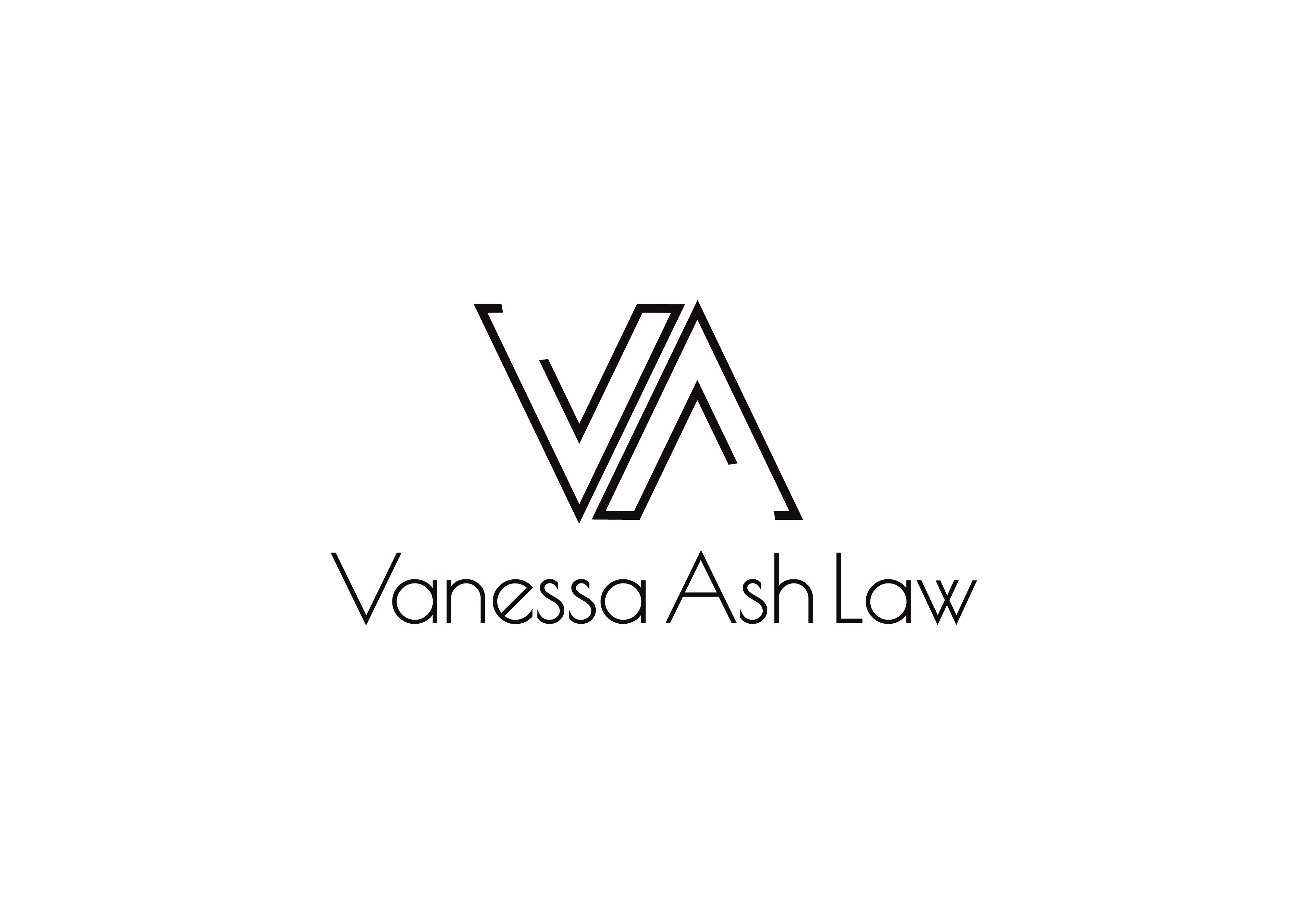Restorative justice in Australia is where offenders, typically young people, are put into a program, designed to help young people to do better next time. Young offenders can meet with the people they have affected, called conferencing (or youth or family conferencing), and learn how to behave differently. Circle sentencing is also used for Aboriginal young people, where a circle of elders helps choose a penalty and avoid prison.
The success in Australia with restorative justice programs has been outstanding, and is likely to become mainstream for both adult and young offenders at all points in the justice system. Police could use the system to divert a young person from the criminal justice system, or a judge can use it at the highest levels as a form of sentencing.
We’ve had restorative justice programs in Australia for two decades, originally started by the New South Wales Police Service in Wagga Wagga. It has slowly gained recognition as a useful tool for helping people to be better versions of themselves, able to live productive lives in the community.
Conferencing is now used broadly for adults and young people across Australia, along with what’s known as circle-sentencing and victim-offender mediation programs.
What is (family/youth) conferencing?
Conferencing programs are set up in all states and territories, offering young people the opportunity to see how their behaviour affected another person, and to take responsibility. Eligible young people in conferencing must agree to the process, and are assessed for suitability by level of remorse, feelings for the victim, interpersonal skills, and other factors. The victim and the offender are brought together with a group of people such as facilitators, police, and other support groups.
This process is designed to help both the young person and their victims, and an intervention plan is agreed upon by the offender. Conferences can occur without the victim present. The plan may include saying sorry, doing community service, undergoing education, donations to charity, counselling or working for the victim or their parents.
Treatment may also be agreed upon regarding drug and alcohol abuse where applicable.
Adults only have conferencing available to them in NSW, Victoria, South Australia and Queensland, however in Victoria, this only applies up to age 20. Victoria is slowly implementing improvements to the criminal justice system to help lower reoffending rates and improve the lives of young people going forward.
What is circle sentencing?
Circle sentencing was taken from Canada’s Aboriginal people, where instead of facing court or prison, a person faces a circle of their elders, members of your community, and the victim of their offending. NSW has implemented circle sentencing for Aboriginal people, where a circle of representatives sits down together and works out a sentence for the offender that doesn’t include prison.
The group of representatives may include Aboriginal Elders, police and a judge. The point is that it can be harder to face your people than a stuffy court system that doesn’t seem to care about you or know you. Often the outcome is community service.
Circle sentencing only applies to those who admit guilt, and it is not avoiding punishment, but does avoid juvenile detention centres, which can be damaging to a person. A young offender is still part of the court system, receiving convictions and criminal records for their offending.
In 2018, the Supreme Court of Victoria said that a defendant’s request to be sentenced by a Koori cannot be refused. This is a milestone in Aboriginal cultural rights in Australia. In Victoria, however, offenders are often not told of this option.
